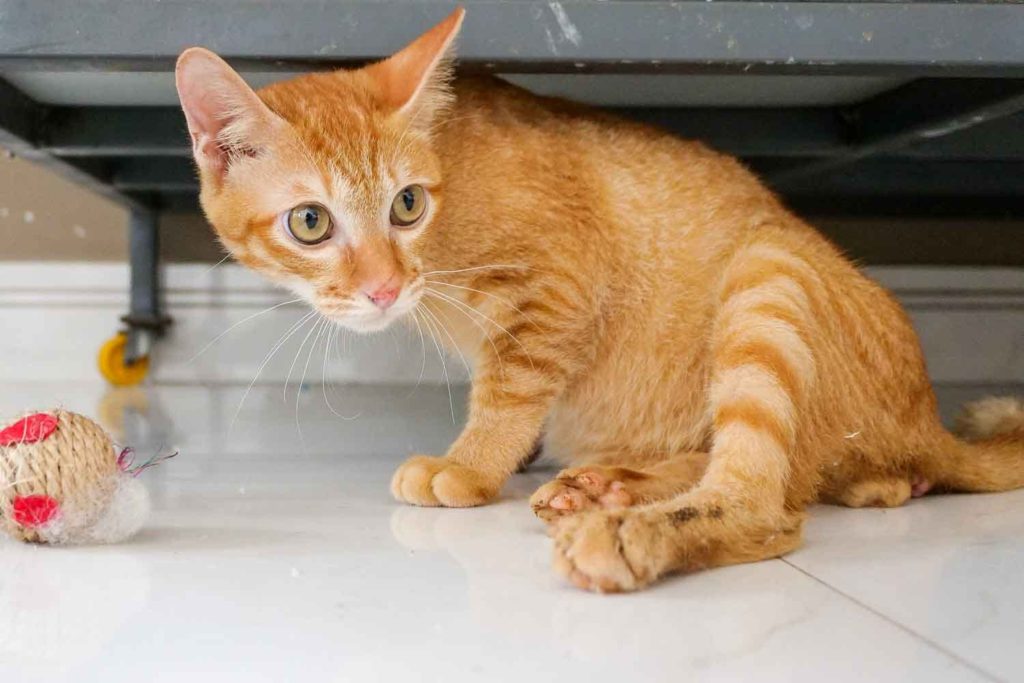Stress in Cats

How can we reduce stress?
Cats are sensitive souls, and masters of disguise at the same time! Changes to a cat’s behaviour may be subtle, and this can lead to disaster for pet owners who don’t pick up on the signs of stress until it’s too late!
So, what should we look out for? First let’s look at the things our cats find unnerving…
Cats are creatures of habit – they LOVE routine and HATE change (it’s positively hiss-worthy). Changes to their home, for example, moving the furniture, a new pet, a new baby, a change of routine, and even a change to their owner’s routine, can all trigger stress in a cat.
Other stress inducers include a lack of enrichment, loud noises, confinement (keeping them in a cage or small space), bad relationships with other household cats, and having to share resources with other cats.
What should we look out for?
Stress can present itself in a multitude of ways and it is important to talk to your vet first, so that they may rule out medical causes.
Some things to look out for include:
- Cat-human or cat-cat aggression or lower tolerance
- Litter box avoidance/house soiling/spraying
- Over-grooming
- Hiding more than usual or being hesitant to approach
- Changes to appetite (eating/drinking more or less)
- Pacing the house, or becoming restless
- Scruffy or unkempt coat
How can we reduce stress?
If your cat is exhibiting behavioural issues, for example, house soiling, it is important not to punish your cat. This will only add to their stress and anxiety, making the issue much worse.
Resources are very important to a cat – when they want something, they want it NOW! Perhaps therefore cats have their reputation of being a little self-centred (of course, this is just their instinct). Easy access to fresh water, regular feeding at the same time each day, enough litter boxes, and a selection of quiet resting places is essential.
Cat’s like to explore, especially by climbing up high. Providing an enriched environment with cat trees, scratch posts, shelves, enclosed beds or boxes, and opportunity to look down on the peasants below, is very appealing to a cat.
Regular play time should be factored into your day – test out a variety of toys to find your cat’s favourite and rotate them to keep things exciting! Scratch posts are also necessary and allow cats to mark their territory, keep their claws healthy, and even release some happy hormones.
Ensuring your cat can escape or retreat from people or other pets and allowing them their own quiet time is extremely important. Cats tend to prefer short interactions frequently throughout the day (as opposed to humans who usually socialise at length, less frequently). Keep this in mind when interacting with your cat.
Help them to handle changes before they happen – whether this is preparing them for travel or crate training, introducing a new pet (Welcoming a New Cat), or preparing them for a new baby.
If you are dealing with a multi-cat household, check out our guide to Managing Stress in Multi-Cat Households.



